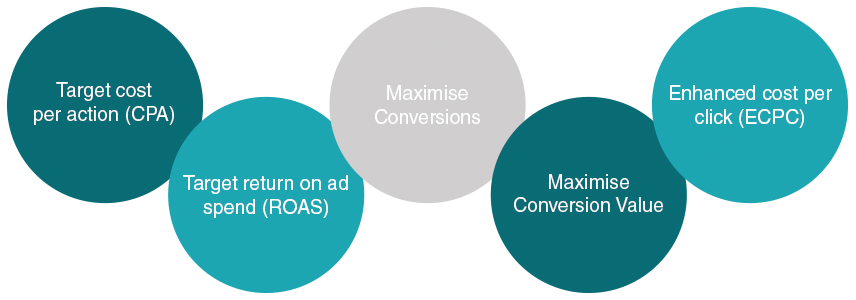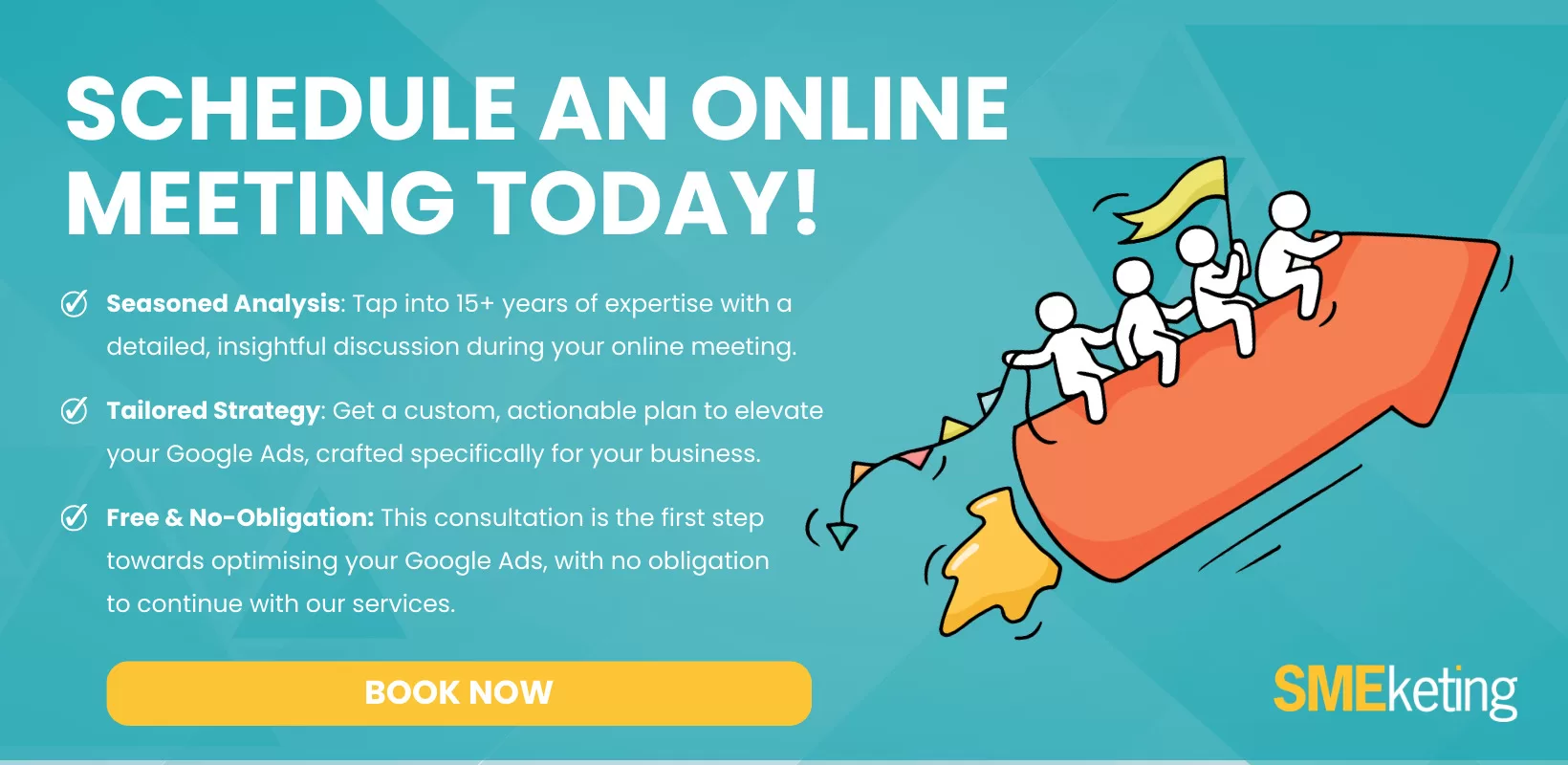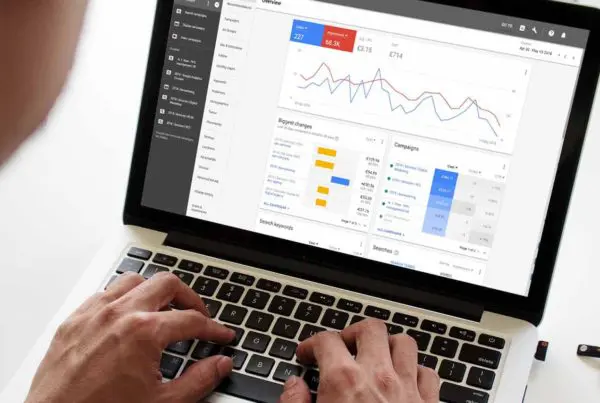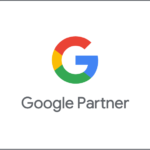Google Ads are crucial to any successful marketing campaign or business. However, it can be hard to keep up with new developments because the platform is always evolving and things change so fast. To help you keep on top of your digital marketing let’s take a look at the most important Google Ads trends for 2022 which will likely be key over the next 12 months.
1. Use Natural Language
Natural language search or NLS is becoming increasingly popular thanks to the increasing use of voice searches via programs such as Siri, rather than typing into a search engine. This means that your customer should be able to find your site by asking reasonable human questions in a conversational way, rather than typing in keywords.
Google has made this possible by the use of the BERT algorithm (bidirectional encoders from transformers) which has been in development for the past few years. This is seen as a breakthrough in search technology because it takes natural language and figures out what the searcher actually means in the same way as having a conversation with a real person
Google explained the difference with the following example, “2019 brazil traveller to usa need a visa” The word “to”means that the search engine algorithm now understands that the traveller is coming from Brazil to the USA so will provide the correct answers.
Prior to BERT the search engine would have been unable to differentiate the real meaning of the question and in Google testing just threw up answers for travellers from the USA going to Brazil. Using natural language is going to play a big part in Google Ads trends for 2022.
How does this affect digital marketing?
For digital marketing, this means that your Google Ads should reflect this conversational style. Long-tail keywords do have a lower search volume but a far higher conversion rate than regular keywords so are more effective.
Google is looking to prioritise sites that include natural language along with keywords so it is very important to consider this in your ads rather than stuffing headlines with keywords alone. This means it is important to optimise your ads for natural language.
2. Keywords are still important.
The second thing to focus on as an important Google Ad trend for 2022 is the all-important keyword. Keywords are the heartbeat of PPC advertising after all but it is very important to understand more about your customers and how they search online and the language they use so you can use the same terms in your advertising.
You may be a top private ophthalmologist for example but unless you include the search term “eye doctor” very few people will find their way to your site!
The best way to understand your prospects is to listen to what they are telling you! Do this by asking your customer service team if you have one, checking out your chatbots, or simply looking and engaging with customers on social media platforms. The data you can receive from customer engagement will give you valuable insights into how they search and will help you understand language trends as well as customer motivation.
You can also do this by using call analytics software to help you discover how customers are searching online.
3. Effectiveness vs. efficiency
Efficiency or low cost per click is not as important as effectiveness – a campaign that actually works to generate new customers and revenue. Many advertisers waste money on generating low-cost clicks with low conversation rates. A smarter move is to focus on your customers needs and not necessarily go for the cheapest keywords.
The aim of the game is to encourage customer conversions and to increase the value of those conversions. Sometimes a lower conversion rate, but higher conversion value can bring in more revenue overall. It’s important you understand your own business model and know where your profit lies and then optimise your Google Ads campaign around that knowledge. The right campaign for you may have a lower conversion rate but a higher level of sales and revenue.
With Google Ads you can directly integrate this with your customer relationship management (CRM) so get a deeper understanding of what type of conversion actually leads to a new customer and the overall value of that conversion.
4. Establish an automated bidding strategy
Managing a successful campaign can be difficult. But if you are not on top of your Google Ads bidding strategy, your ads will languish and you will miss out on vital customers. Bidding is becoming increasingly competitive and with 2022 predicted to show a high increase of ad spend across all sectors, doing this manually is becoming increasingly time-consuming and difficult.
Bidding for Google Ads can be carried out manually but a far easier (and often more effective) alternative is to automate the process.
There are five automated bidding strategies you can select from (listed below); each one has its pros and cons and you should select the one most suitable for your campaign type and focus.
You can still set your maximum spend and whatever your budget, you have a far higher chance of earning a well-placed position. You can manage automated bidding direct from your Google Ads account.

5. New data restrictions mark the decline of the cookie
Google Chrome plans to phase out browser cookies by 2023. We can only applaud this move to protect customer data but of course, this means that the information you get from your customers via tracking analytics is going to be reduced in the future.
One way of handling this is to embrace the move. Customers do not generally like being tracked and there are other ways to target Google Ads without digitally stalking your customers.
6. Use your first-party data and generate more of it!
With the decline of the cookie already in progress, now is the time to look for other ways to learn about your customers. First-party data is the information that your customer provides you with themselves such as those people who have registered an account with you, email address, and names of people who have contacted you or bought from you previously.
All this information can be fed into your CRM (customer relationship management) database.
To generate more first-party data, the use of chatbots, offering freebies on your site, such as guides, seminars, and eBooks will help. This information can be used to improve your Google Ad campaigns.
7. Make sure your ads work equally well on mobile and native devices
With the changes to the work-life balance over the last two years of the pandemic, browsing habits have changed. Currently, around 70% of internet browsing is carried out on mobile devices. People tend to browse less on a desktop but when they do desktop conversion value can be as much as 55% higher. This means that you need to target your ads for mobile and for desktop use in order not to lose vital revenue.
Google can help with this mobile native issue by the use of IF functions. These allow you to insert a specific message in the text when a condition has been met and return to default text if not. This means that a Google Ad will always deliver the right message for the prospect depending on the time of day and the device they are using.
8. It’s all about the customer!
It sounds obvious but keeping your customer base in mind will help you deliver what is best for them and so best for you too. People are easily put off by distractions, slow-loading sites, or too many pop-ups. In fact, anything that looks out of date and unprofessional will lose you revenue as your customers will just go elsewhere.
Google Ads Trends for 2022 – make a note and get ready!
So as we move into 2022, now is the time to check out your website and your Google Ads campaign to ensure that it is hitting the spot. Taking time to get to know your customer base will help you deliver what they want. And ensuring that the buyers’ journey is as frictionless as possible will keep them with you all the way to conversion and beyond.
- How to Do Keyword Research for Google Ads - January 15, 2024
- A Comprehensive Guide to Google Ads for B2C Businesses - January 8, 2024
- How to Write Calls to Action (CTAs) for Google Ads - December 25, 2023







